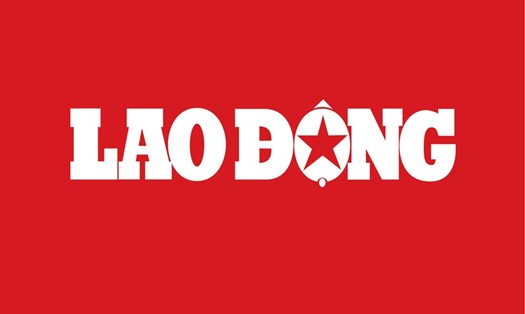CNN reported on December 18 that Mr. Vadym Sukharevskyi, Commander of the Ukrainian Army's Drone Forces, said that the newly developed laser weapons are capable of shooting down targets over a range of more than 2km.
Mr. Sukharevskyi continued to share that the laser weapon is called Tryzub and the Ukrainian army will continue to strive to develop its capabilities in the future. However, no other information was disclosed.
According to CNN, Tryzub means three nails and is also a national symbol of Ukraine representing strength and solidarity.
Mr. Patrick Senft, an expert from the arms and ammunition consulting firm Armament Research Services, said that although information about Tryzub is limited, Ukraine's development of a laser-oriented energy weapon (LDEW) is entirely feasible.
Senft argued that technology for laser weapons can be purchased and installed with existing systems, pointing out that the laser Weapon System (LaWS) used by the US Navy since 2014 also has a similar range.
The expert continued to share that laser-oriented energy weapons (LDEW) are particularly effective in dealing with slow- flying and low-altitude unmanned aerial vehicles (UAVs) deployed by Russia.
laser weapons have the ability to focus energy on a specific point to destroy vital components. expert Patrick Senft said that this makes suicide attack UAVs, such as Russia's Shahed-136 and Geran-2, which are made from materials that are easily affected by heat, easily disabled targets.
However, laser weapons will have difficulty destroying fast-moving or heat-resistant targets such as artillery shells or ballistic missiles.
Currently, only a few countries are believed to possess laser weapons, including the US, China and Israel. It is also developing its own laser weapons system, called DragonFire, which is expected to be operational in 2027.
Former British Defense Minister Grant Shapps said in April that DragonFire could be used in Ukraine to deal with Russian UAVs, Reuters reported.











